To reduce food safety risks, fresh produce containers should not be set on the floor once produce has been delivered to the pack shed and transferred out of (dirty) field harvest containers. Whether produce is sprayed, washed, or not, once it is in a clean carton, bin, bag, or box that container should only be placed on clean surfaces. These surfaces may be on a fixed platform, such as counters, or on mobile platforms, such as cart tops.
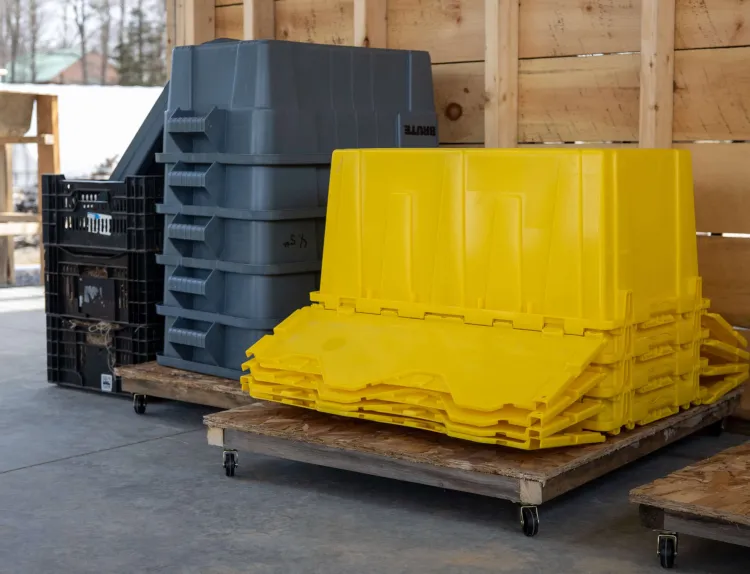
Design Goals
- Separate landing zones: Avoid cross-contamination from dirty containers to clean containers.
- Off the floor: Avoid cross-contamination from the ground or floors to the bottom of clean containers.
- Landing in "flow": Location of landing platform(s) supports efficient flow of wash-pack operation.
- Circulate air: Surface of landing platforms prevent water pooling and allow air movement and drying.
- Go Mobile: When possible, platforms are mobile (on wheels) to increase their versatility.
- Save your back: Platform design optimizes farm employee comfort.
Design Elements
- Container landing surfaces are stable, non-porous if possible, and easily cleaned. They may be made from durable plastic or stainless steel; Clean, smooth wood is harder to clean and thus less desirable but is acceptable because the surface will not directly contact edible crops.
- There are separate, well-labeled landing platforms for dirty containers coming in from the field and for all other containers that contain clean produce.
- Platform surfaces that will receive wet containers (such as those filled with recently rinsed or washed produce) are an open grid or have slots to allow excess water to drain without puddling.
- The dimensions of landing platforms are the right size to accommodate produce containers.
- Landing platforms are located close to where they are needed. For example: where field containers come into the pack shed, where washed or sprayed produce is placed into clean containers, where clean containers are placed prior to being labeled, where clean containers are stacked prior to moving into cold storage or onto vehicles for transportation.
- In pack sheds with smooth floors, landing platforms on wheeled carts can minimize time spent walking to move produce through the wash/pack process. Wheeled platforms can be used to move containers through the pack shed, or they can be re-located to meet the wash/pack process needs of specific crops (placed next to barrel washer vs. dunk tank, for example). Pneumatic wheels on carts can be used for rougher floor surfaces.
- Landing platforms that double as product transfer or packing surfaces are at a height that is comfortable for most adults, typically 30 to 36 inches (a pack surface next to a spinner, for example).
Benefits
- Dedicated landing surfaces for harvest and non-harvest containers can reduce the risk of cross-contamination.
- Well-located landing surfaces save time when handling containers during the wash/pack process.
- Platforms on top of carts with wheels allow flexible configuration of the wash/pack process to meet the needs of specific crops.
- Platforms at proper height located near related activities support employee comfort.
Photos
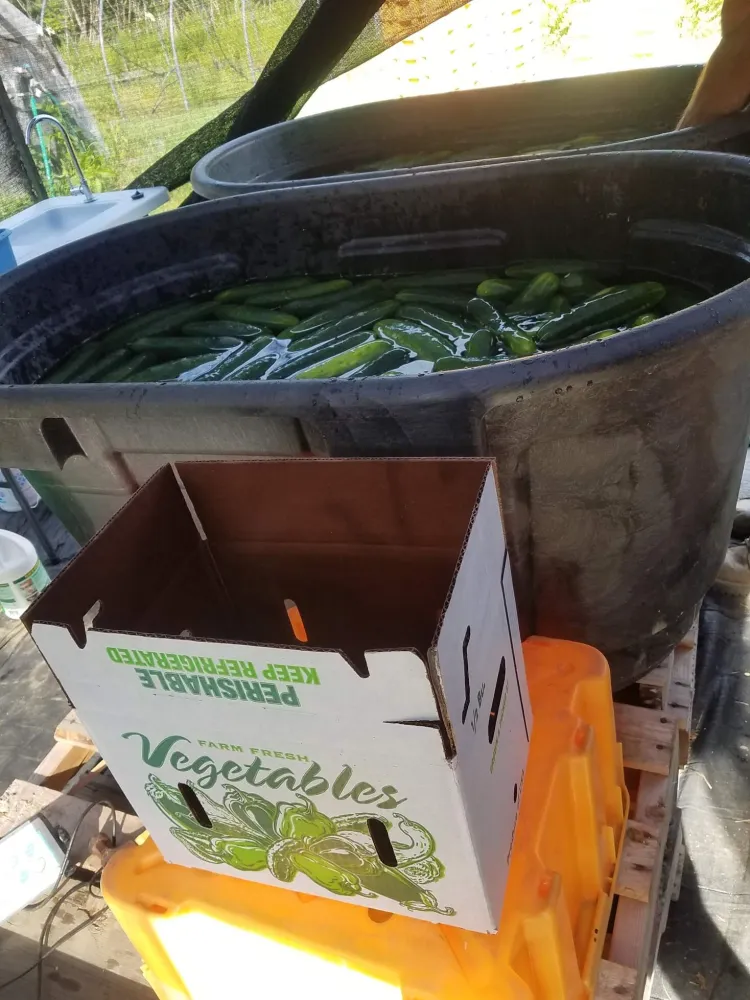
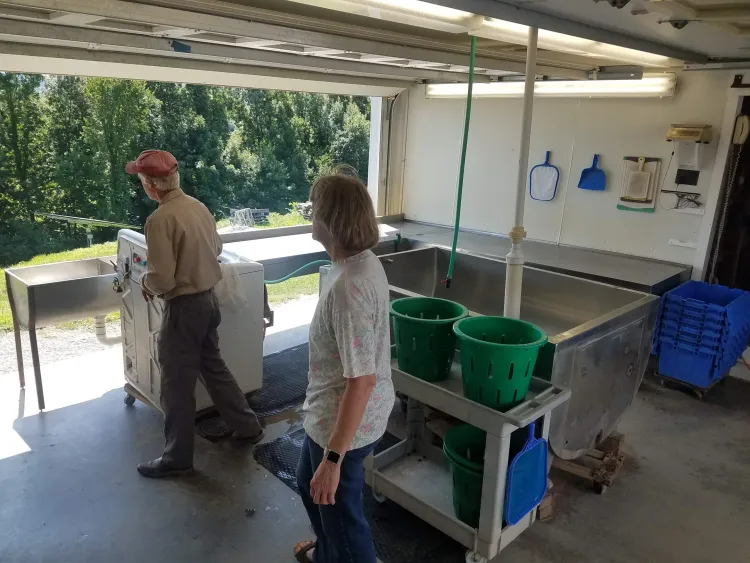
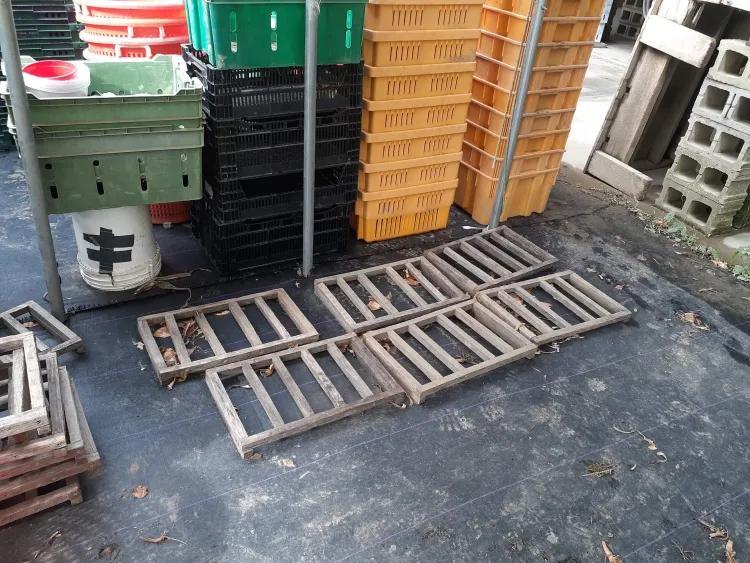
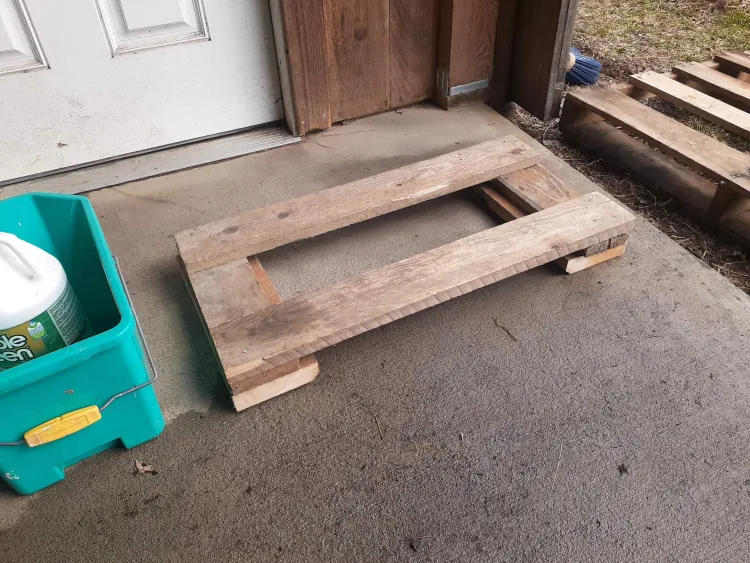
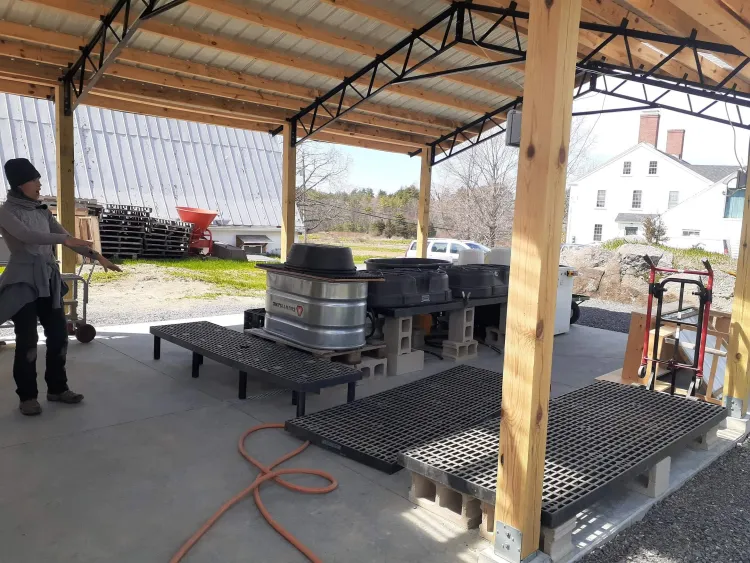
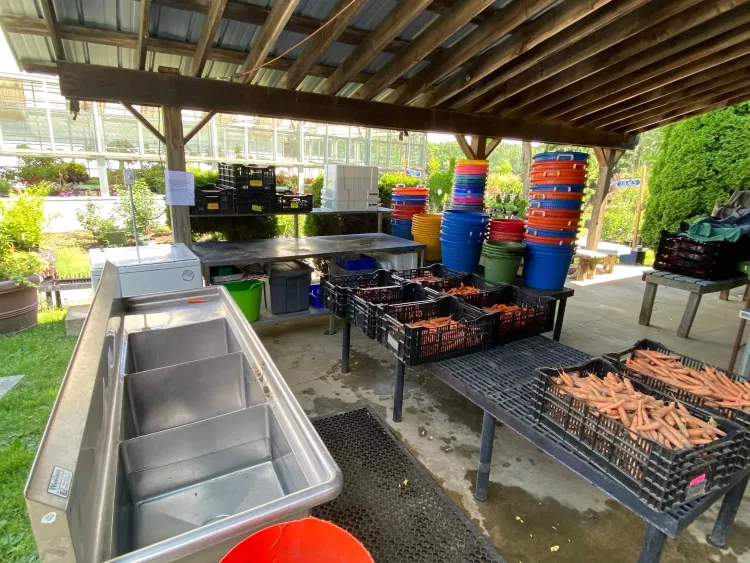
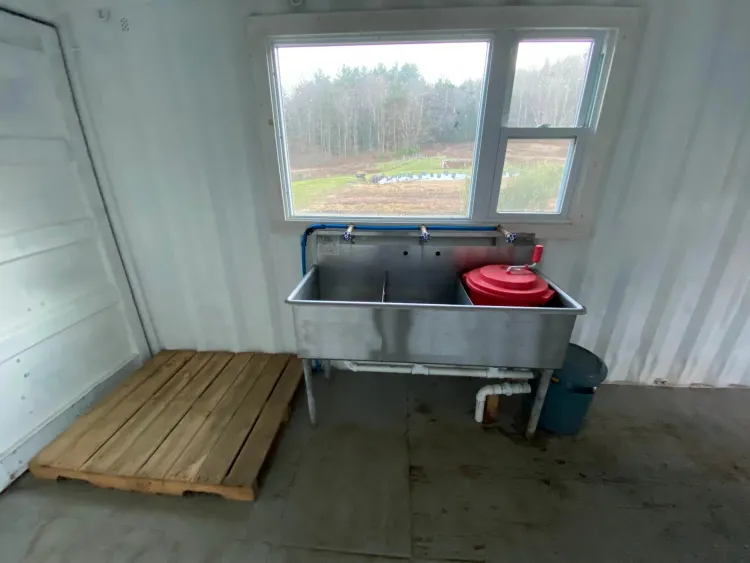
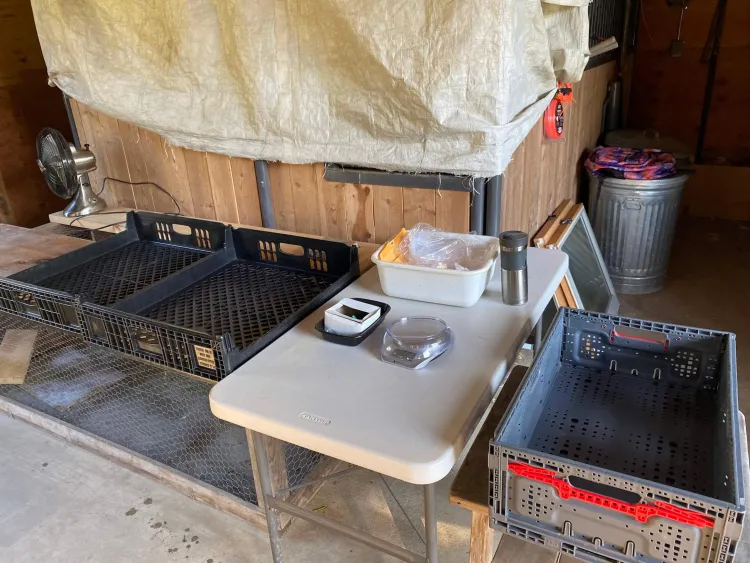
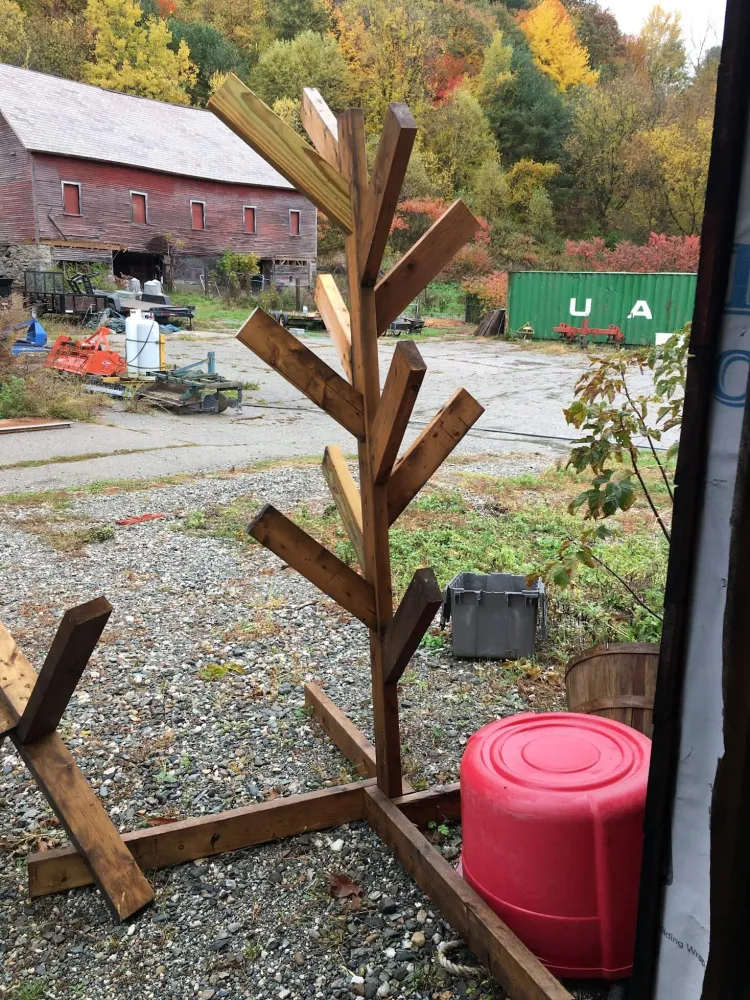
Authors: Hans Estrin and Vern Grubinger, UVM Extension
This work is supported by the Food Safety Outreach Program Name, project award no. 2023-70020-40688, from the U.S. Department of Agriculture’s National Institute of Food and Agriculture. Any opinions, findings, conclusions, or recommendations expressed in this publication are those of the author(s) and should not be construed to represent any official USDA or U.S. Government determination or policy.
